The Cost of HLA Typing
At The Sequencing Center, one of the main services that we provide to pharmaceutical, academic, and clinical researchers is HLA Typing. HLA Typing (human leukocyte antigen) is most commonly leveraged for matching patients and donors for bone marrow or cord blood transplants. However, it is also used in a lot of immunotherapy research for drug discovery.
There are a lot of companies out there that offer HLA Typing via PCR which generally only targets one of the loci (most commonly the class I). We’re one of the few providers that do next-generation sequencing (NGS) which goes after the 11 loci (class I & II). These tests can often be fairly expensive on a per sample rate, with many components contributing to the price. We’ll break down the main drivers of cost in this post.
Coverage
Nearly all of the researchers we work with are doing some level of novel research. Typically, they’re exploring the HLA genes for novel alleles or potential biomarkers for drug discovery. In other cases, they’ve already identified their markers and are doing HLA Typing for validation of their drug (usually inside of a clinical trial). In order to identify novel alleles, you need high-resolution coverage. Higher coverage means that on a per-sample basis, we are using more of the sequencing reagent kit per sample, reducing the number of samples we can fit into a run. We typically cap off at 48 samples per run which provides the best balance between per sample price and high coverage.
Number of Samples
Within genome sequencing, there is a specific kit that is used in every single run called a reagent kit. These are one-time use kits, meaning once the samples are loaded into the sequencer, you’ve already spent that kit as well as the money for that kit. What we always tell clients is that we effectively have a fixed cost of running the sequencer due to these reagent kits. This means that in order to get the per sample rate as low as possible, we need to fit as many samples into a single run as we can. From a reagent kit perspective, it is the same cost for one sample as it is 48, so we always recommend to our clients getting the most amount of samples they submit ready before we run.
Sample Clean Up
Every sample that comes into our lab goes through multiple quality control steps. One of the first ones is making sure the gDNA is contaminant-free. HLA loci and the overall HLA Typing protocol is extremely sensitive, so contamination can easily cause runs to fail. We leverage multiple kits to clean up the gDNA before going into the actual library preparation of the protocol. These kits are generally cheap on a per-sample basis but still are factors that cause an increase in price.
Time & Labor
The HLA Typing protocol is a fairly complicated protocol that generally takes ~3-4 days to get through the library preparation (the step before sequencing). Everyone has this issue and it’s not something that they can get around. The protocol has stopping points about every 8 hours or so but in between then, the lab staff managing and prepping the samples are effectively performing both manual and automated steps. The labor cost ends up being one of the bigger factors in over cost. It’s worth noting that for the most part, we run into the same cost issues as we do with the reagent kits. It is relatively the same cost of labor doing 1 sample as it is 48, so we recommend that customers get as many samples as they can in order to get the cheapest per sample rate possible.
If you’re in need of HLA Typing or want to learn more about how we help top organizations, such as Children’s National Hospital and Pfizer perform their HLA Typing, feel free to reach out to us.

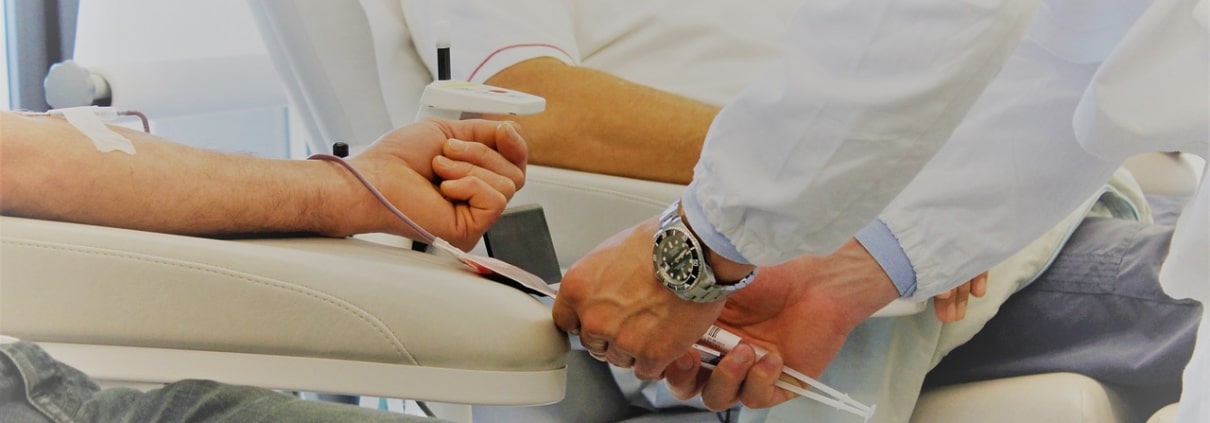
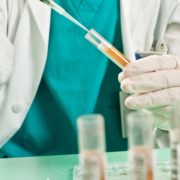
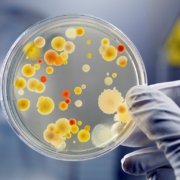
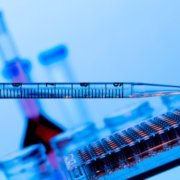

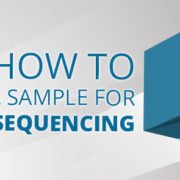
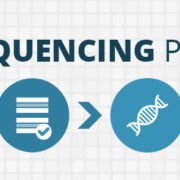


Leave a Reply
Want to join the discussion?Feel free to contribute!